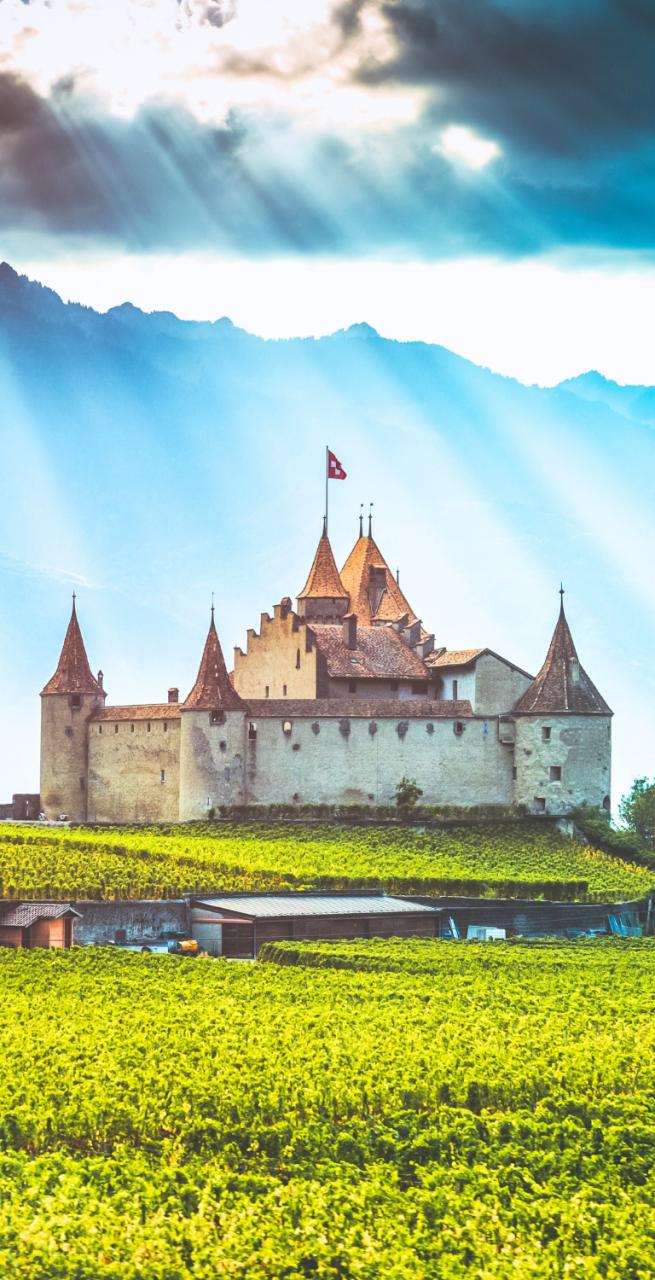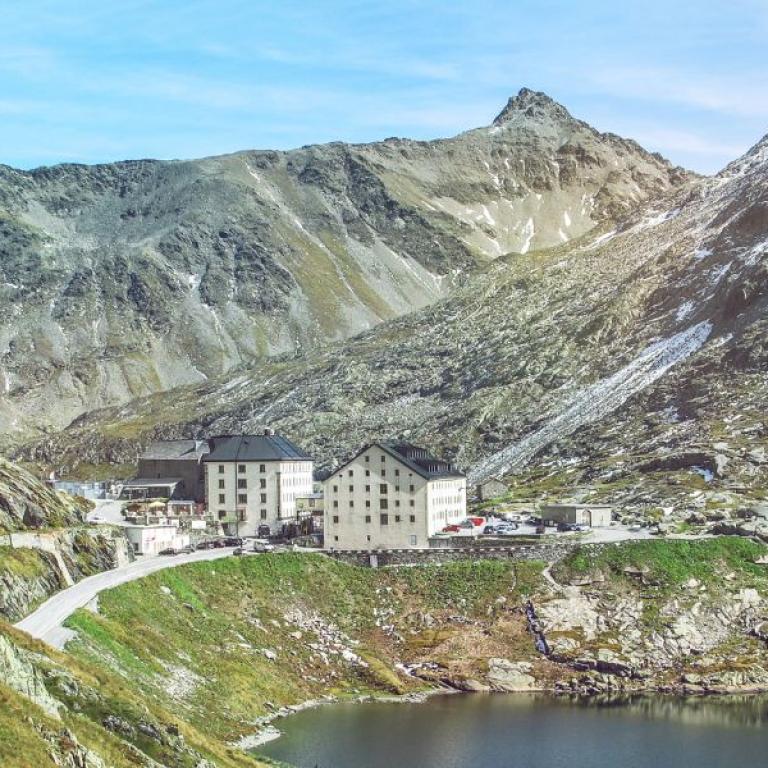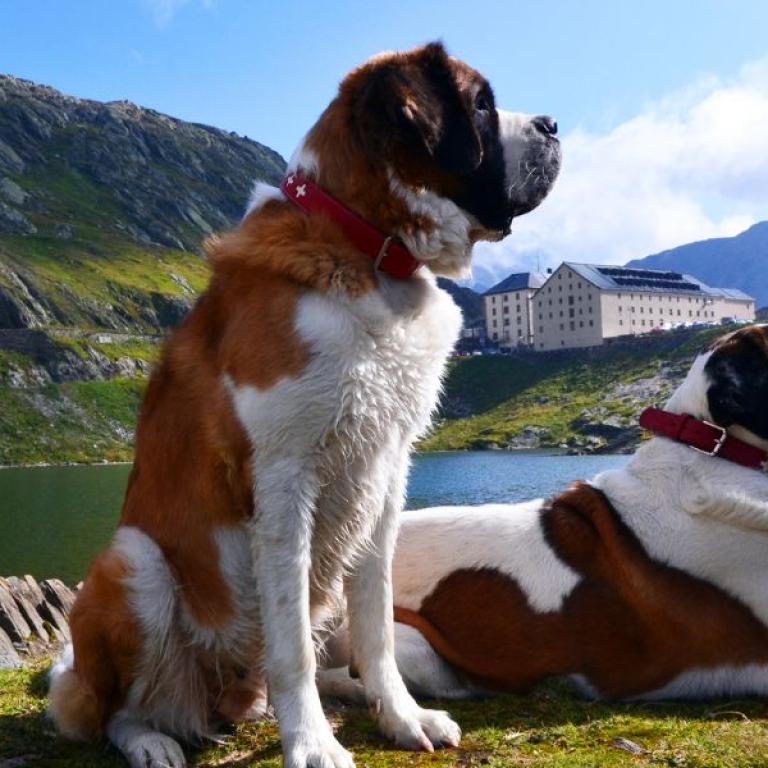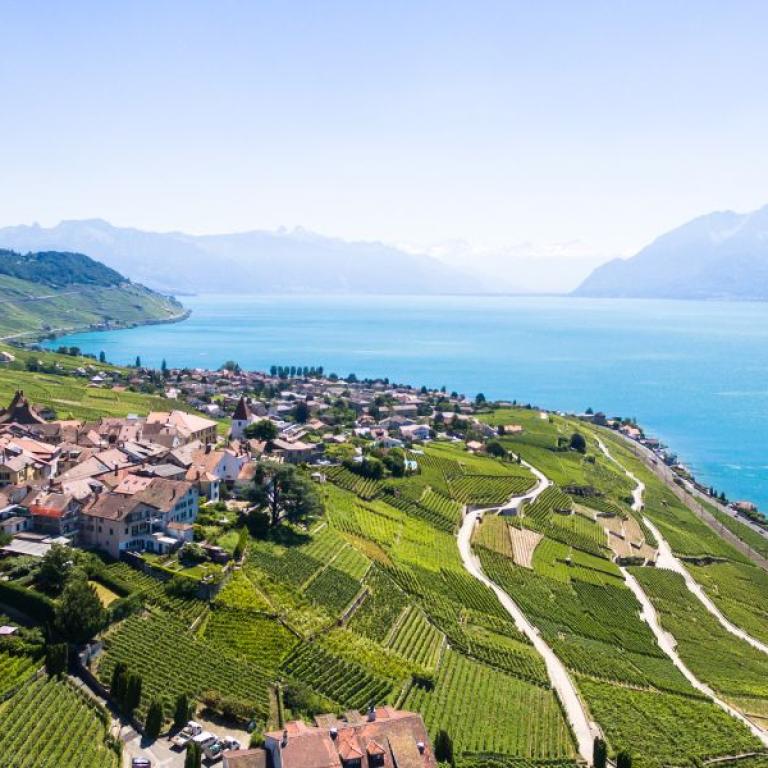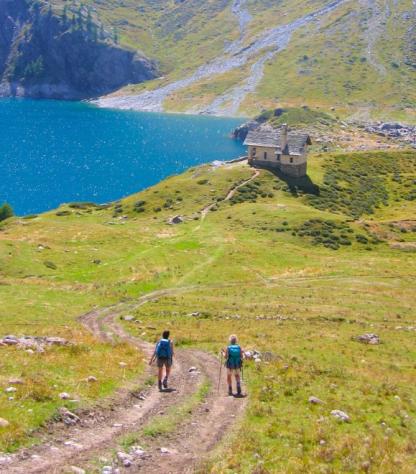An epic and beautiful journey through Switzerland and towards the green-blue waters of the Great St. Bernard Pass, marking the grand entrance of the Via Francigena into Italy.
The path is equally enchanting - from the Canton of Vaud, with its distinctly French romanticism, medieval villages, and castles, to the shores of Lake Geneva.
But there is more - the terraced vineyards of Lavaux, a UNESCO heritage site, and the Rhone Valley, a paradise for wine lovers - we owe it to the Celts, who first began cultivating wine around 600 BC.
Finally, the Swiss Alps embrace every step of your journey until you reach the Great St. Bernard Pass, where everything ends - and begins again.
Note: due to the weather and altitude, this walk is only possible during the summer months.
